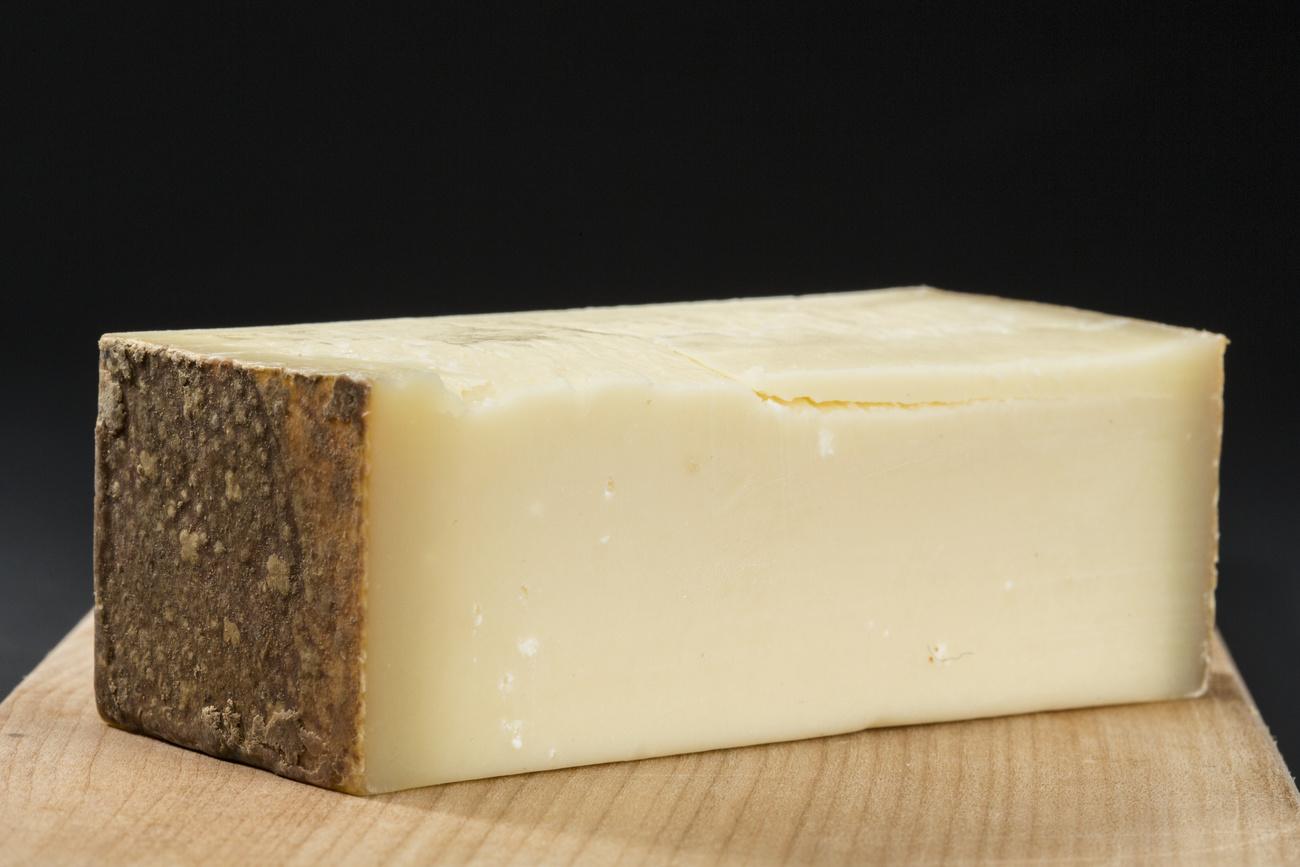
Gruyère cheese group loses trademark case in US

A court in the United States has ruled that cheese does not have to come from the Gruyère region of Switzerland to be sold under this name.
A consortium of Swiss and French cheesemakers from the region around the town of Gruyères in western Switzerland, launched court proceedings in the state of Virginia after it was denied an application for trademark protections.
The consortium said gruyère has been made to exacting standards in the region since the early 12th century and cheese made outside the region can’t truly be called gruyère.
But the US dairy export council and other groups opposed the trademark protection. They said American consumers understand the gruyère name to be generic, applying to cheeses of a certain style regardless of their place of origin.
Gruyères generic
In a decision made public last week, the court ruled against the Swiss consortium, finding that American consumers do not associate gruyère with cheese made specifically from that region.
“Decades of importation, production, and sale of cheese labelled gruyère produced outside the Gruyère region of Switzerland and France have eroded the meaning of that term and rendered it generic,” the judge said.
While similar trademark protections have been granted to Roquefort cheese and Cognac brandy in neighbouring France, the judge said the same case can’t be made for gruyère.
The gruyère consortium said it is appealing against the ruling.
Transatlantic dispute
US critics said the legal battle over gruyère is part of an increased effort in Europe to seek international trade protection for a variety of products, including gorgonzola, asiago and feta cheeses and bologna lunch meats.
The European consortium did not return an email seeking comment.
It is the most popular Swiss cheese in Switzerland, and in most of Europe. Unlike Emmental, with which it is often confused, it has no eyes and is a favourite for fondues.

In compliance with the JTI standards
More: SWI swissinfo.ch certified by the Journalism Trust Initiative

























You can find an overview of ongoing debates with our journalists here . Please join us!
If you want to start a conversation about a topic raised in this article or want to report factual errors, email us at english@swissinfo.ch.